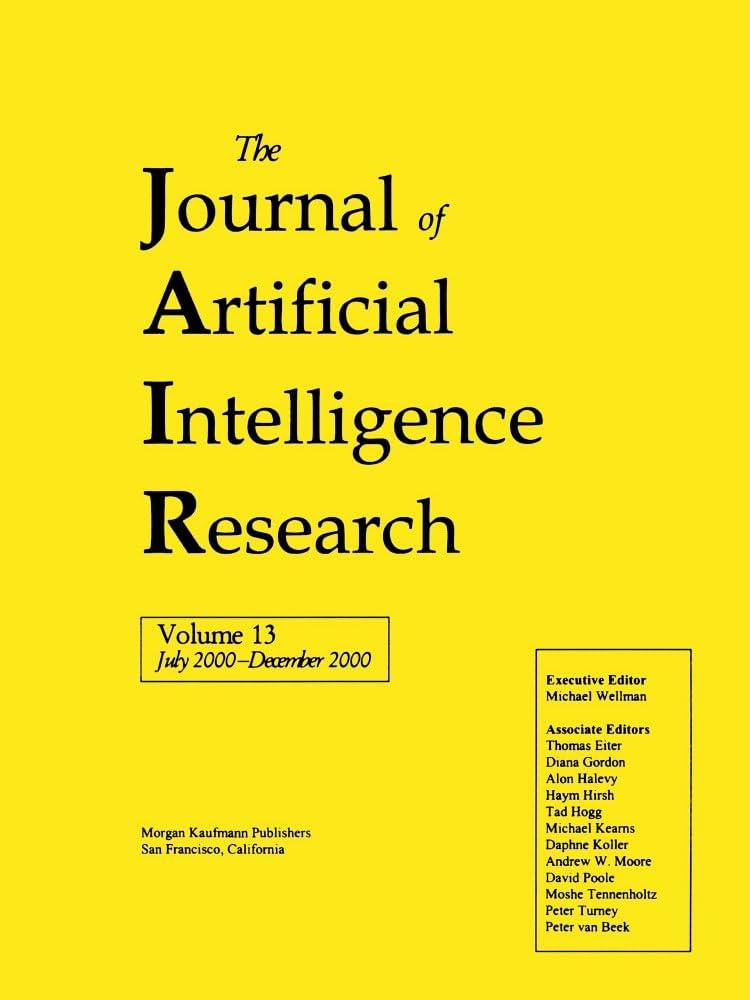可视化隐式模型选择权衡
IF 4
3区 计算机科学
Q2 COMPUTER SCIENCE, ARTIFICIAL INTELLIGENCE
引用次数: 0
摘要
最近机器学习(ML)的兴起已经被从业者和研究人员利用,为越来越多的业务问题提供了新的解决方案。与其他ML应用程序一样,这些解决方案依赖于模型选择,这通常是通过单独评估模型上的某些指标并选择其评估(即,与准确性相关的损失和/或某些可解释性度量)最优的模型来实现的。然而,经验证据表明,在实践中,多种模型往往获得竞争性结果。因此,虽然模型的整体性能可能相似,但它们的操作可能完全不同。这导致了模型在整个特征空间的性能的隐式权衡,解决这个问题需要新的模型选择工具。本文探讨了以可解释的方式比较预测模型的方法,以揭示权衡并帮助解决它。为此,我们提出了各种方法,这些方法综合了监督学习、无监督学习、降维和可视化的思想,以演示如何使用它们来通知模型开发人员关于模型选择过程。使用各种数据集和简单的Python接口,我们演示了从业者和研究人员如何从应用这些方法中受益,以更好地理解他们的模型选择选择的更广泛影响。本文章由计算机程序翻译,如有差异,请以英文原文为准。
Visualizing the Implicit Model Selection Tradeoff
The recent rise of machine learning (ML) has been leveraged by practitioners and researchers to provide new solutions to an ever growing number of business problems. As with other ML applications, these solutions rely on model selection, which is typically achieved by evaluating certain metrics on models separately and selecting the model whose evaluations (i.e., accuracy-related loss and/or certain interpretability measures) are optimal. However, empirical evidence suggests that, in practice, multiple models often attain competitive results. Therefore, while models’ overall performance could be similar, they could operate quite differently. This results in an implicit tradeoff in models’ performance throughout the feature space which resolving requires new model selection tools. This paper explores methods for comparing predictive models in an interpretable manner to uncover the tradeoff and help resolve it. To this end, we propose various methods that synthesize ideas from supervised learning, unsupervised learning, dimensionality reduction, and visualization to demonstrate how they can be used to inform model developers about the model selection process. Using various datasets and a simple Python interface, we demonstrate how practitioners and researchers could benefit from applying these approaches to better understand the broader impact of their model selection choices.
求助全文
通过发布文献求助,成功后即可免费获取论文全文。
去求助
来源期刊

Journal of Artificial Intelligence Research
工程技术-计算机:人工智能
CiteScore
9.60
自引率
4.00%
发文量
98
审稿时长
4 months
期刊介绍:
JAIR(ISSN 1076 - 9757) covers all areas of artificial intelligence (AI), publishing refereed research articles, survey articles, and technical notes. Established in 1993 as one of the first electronic scientific journals, JAIR is indexed by INSPEC, Science Citation Index, and MathSciNet. JAIR reviews papers within approximately three months of submission and publishes accepted articles on the internet immediately upon receiving the final versions. JAIR articles are published for free distribution on the internet by the AI Access Foundation, and for purchase in bound volumes by AAAI Press.
 求助内容:
求助内容: 应助结果提醒方式:
应助结果提醒方式:


